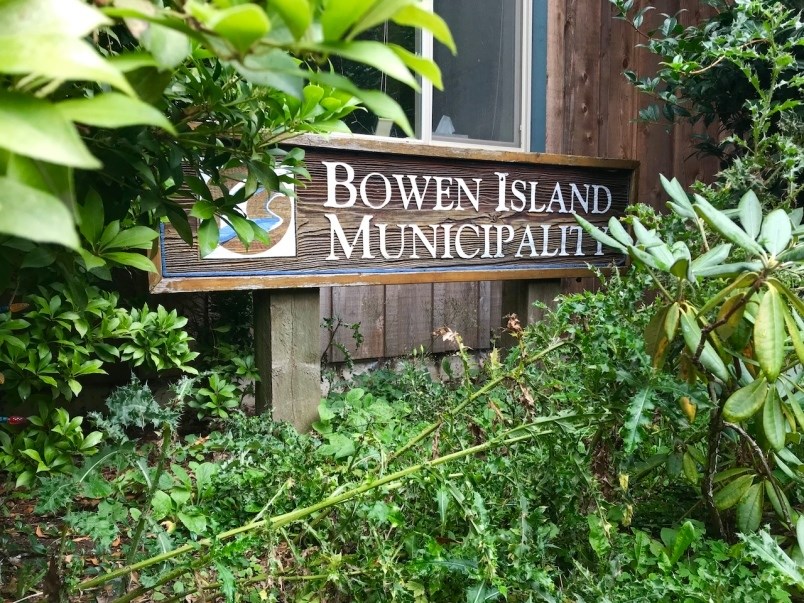Volunteering takes all forms: garden keeping, library tending, fair organizing. But one of the less glamorous volunteer jobs is board sitting. Bowen has dozens (hundreds?) of boards and committees. There are the CRA registered charities (BCCRGCS, BCC, BICF, BIMA, BICHF, BICF, BIC, BIHPA, BIMSS, BIPC, BIPLF, BISKYS, CHC, CAWES, HCF, IPS, KC, LDFS, OTGSDP, PMF, RS, SCHS, SCS, STSCAS, SSF, BICSA, BIAC, CF, MF, TTSS –– bragging rights go to people who can identify all these organizations), then the non-profits that aren’t registered charities, the event coordination committees, the neighbourhood associations and more.
Bowen Island Municipality is one of the organizations that relies on committees––it’s got about 26 of them. The Undercurrent spoke with BIM’s communications coordinator, Sophie Idsinga, and its corporate officer, Hope Dallas-Kerr to get insight into the volunteer effort goes into these committees.
Idsinga and Dallas-Kerr said that more than 120 volunteers sit on BIM committees, advising on everything from design to finance to community land use.
While some boards may meet once a year or less, others may meet every month or so.
Some committees have work plans behind them, others are referral-based (the Advisory Planning Commission will look at rezonings, subdivisions and the like as they come in) said Dallas-Kerr, who also served as a committee clerk for a couple of years. Some committees have subcommittees and others plan engagement events (the Community Economic Development Committee organizes business breakfasts to talk with local businesspeople). Rod Marsh, chair of the CEDC, also helped organize the recent Rural Islands Economic Forum on Pender Island. The two-day event gathered folks from more than 16 islands and 10 First Nations to discuss community and economic development.
Other committee responsibilities can include researching and writing reports for council.
“We rely on [committees] to provide expertise in several different areas and to aid council in its decision making,” said Dallas. “They sometimes do further research and will provide recommendations to Council.
“It’s also an important part of our public engagement, is just getting that feedback from committee members who are members of the public,” said Idsinga. “They’re out there. They have their networks and they’re hearing feedback in the community.”
“I find them incredibly engaged and committed and quite useful,” said Dallas-Kerr.



